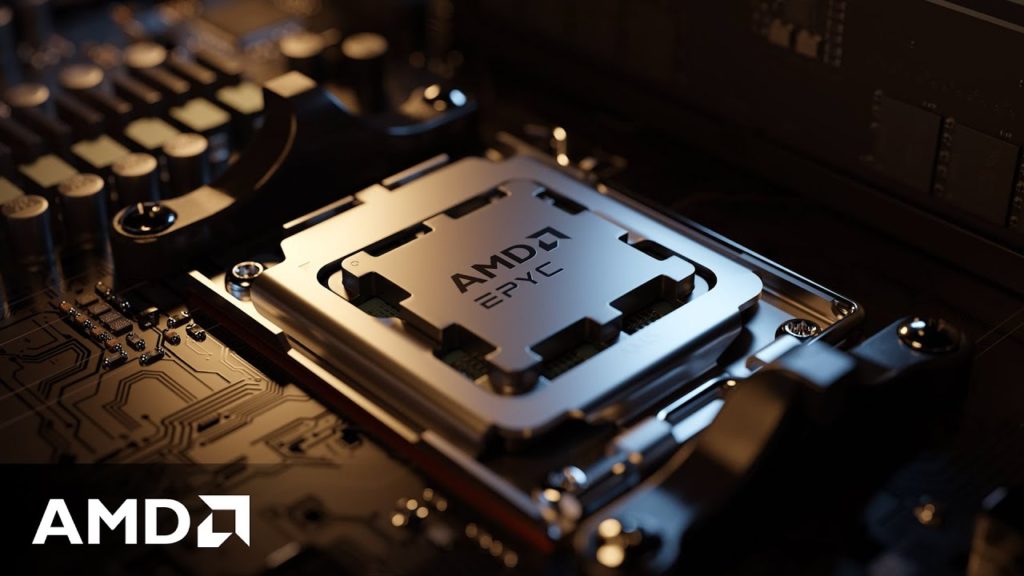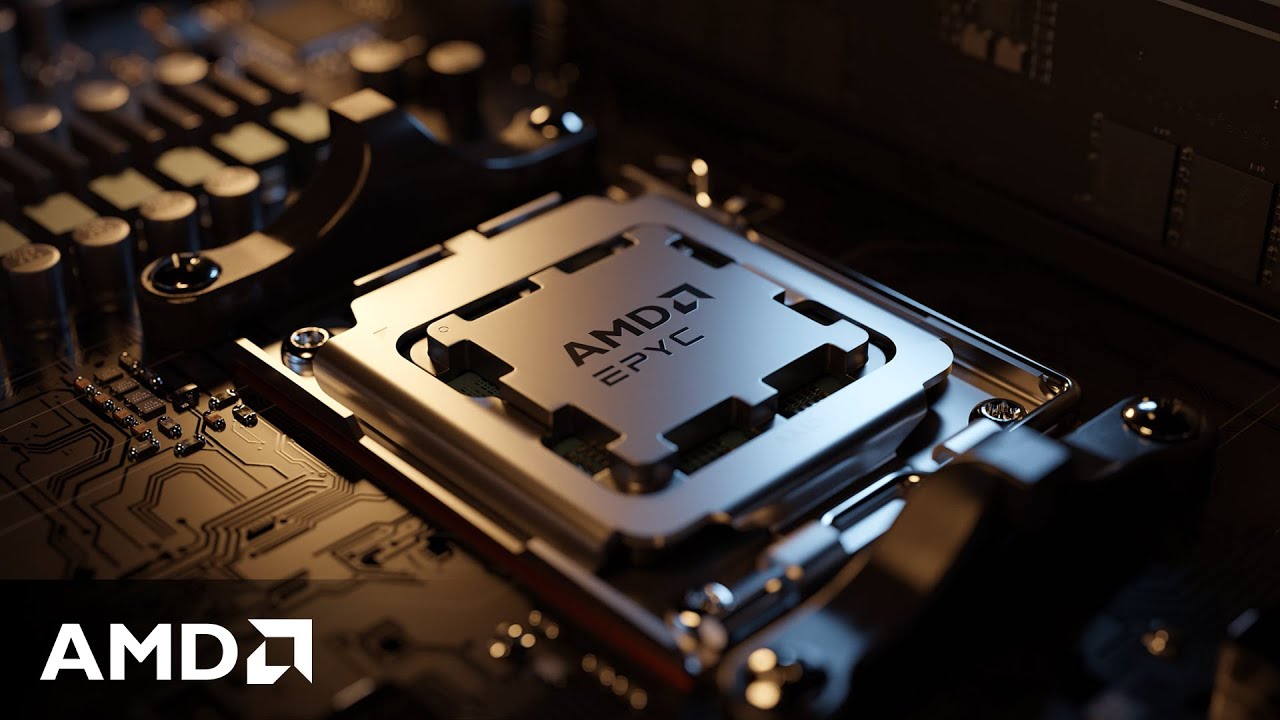AMD’s AM5 platform has been available for the consumer CPU market for a while, but today marks a significant moment as the server family gets its own AM5 chips with the introduction of the new EPYC 4004 series CPUs.
Let’s begin with a straightforward spec overview.
|
Model |
Cores | Base Clock/Boost Clock | L3 Cache | TDP |
Price |
|
EPYC 4584PX |
16 | 4.2GHz/5.7GHz | 128MB | 120W | US$699 |
| EPYC 4464PX | 12 | 4.4GHz/5.6GHz |
US$599 |
||
|
EPYC 4564P |
16 | 4.5GHz/5.7GHz | 64MB | 170W | US$699 |
| EPYC 4464P | 12 | 3.7GHz/5.4GHz | 65W |
US$429 |
|
|
EPYC 4364P |
8 | 4.5GHz/5.4GHz | 32MB | 105W | US$399 |
| EPYC 4344P | 3.8GHz/5.3GHz | 65W |
US$329 |
||
|
EPYC 4244P |
6 | 3.8GHz/5.1GHz | 16MB | US$229 | |
| EPYC 4144P | 4 | 3.8GHz/5.1GHz |
US$149 |
 Starting with the basics, the EPYC 4004 series is somewhat similar to the current Ryzen 7000 series, offering configurations from 4 cores up to 16 cores (with the 4-core variant being an exception), a 64MB L3 cache for most models, a 5.7GHz boost clock, and up to 28 PCIe 5.0 lanes.
Starting with the basics, the EPYC 4004 series is somewhat similar to the current Ryzen 7000 series, offering configurations from 4 cores up to 16 cores (with the 4-core variant being an exception), a 64MB L3 cache for most models, a 5.7GHz boost clock, and up to 28 PCIe 5.0 lanes.
Supporting ECC memory up to 192GB DDR5-5200, these CPUs are designed for professional use, featuring “EPYC Exclusive” capabilities such as RAIDXpert2, enhanced hardware security protections, and Transparent Memory Encryption (TSME), providing a secure environment for handling sensitive data.
Additionally, server-grade products benefit from extended availability and after-sale support from AMD, along with a wide range of software, including specialized server operating systems, BMC applications, and more.
Overall, AMD aims to position the EPYC 4004 series as a top choice for both passive and active computing needs, from backup and server storage to dedicated processing servers handling raw data, images, videos, and even basic cloud servers.






